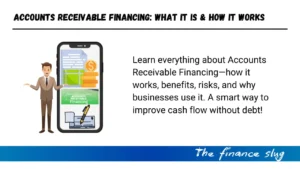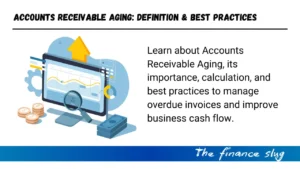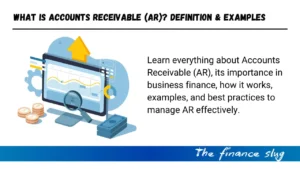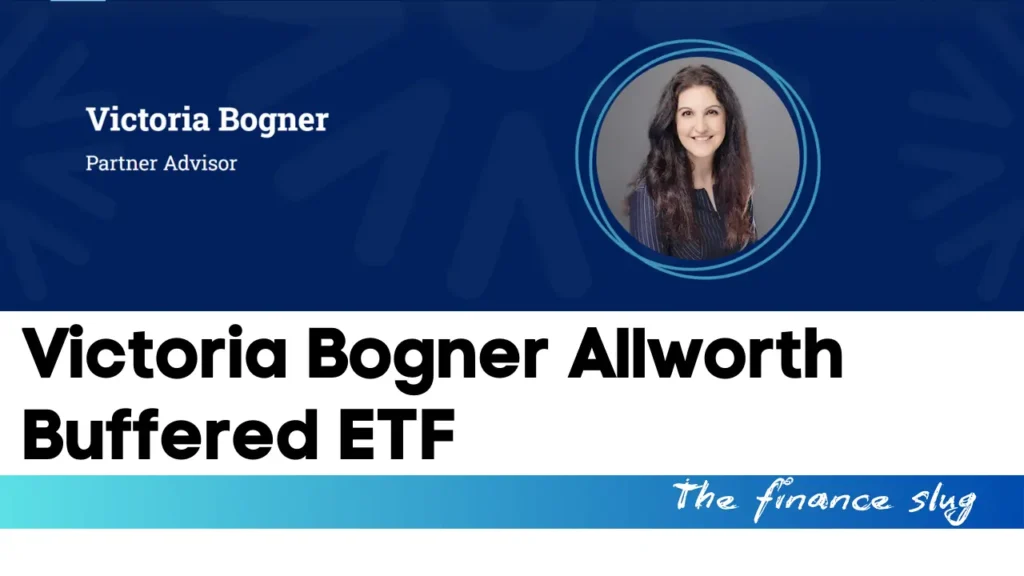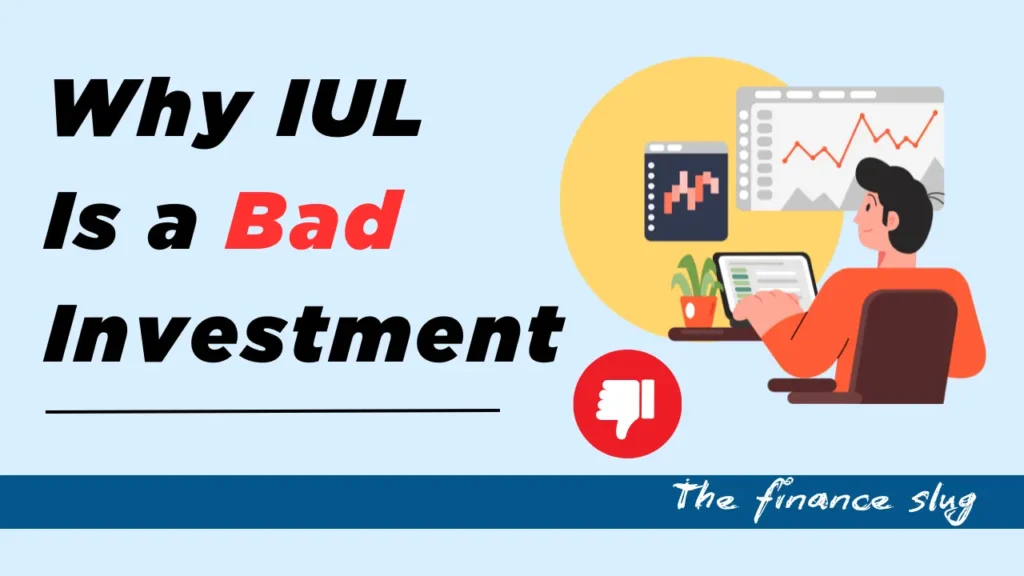
Why IUL Is a Bad Investment
Indexed Universal Life Insurance (IUL) is often promoted as a powerful financial product. It combines life insurance coverage with the potential for investment growth. On the surface, it sounds appealing. However, many people do not realize the risks and drawbacks that come with these policies. In this article, we will explain why IUL is a bad investment. We will also discuss better alternatives for securing your financial future.
1. High Fees and Hidden Costs
One major reason to avoid IUL policies is the high fees and hidden costs. These expenses can significantly reduce the benefits you gain from the investment. Let’s break down these costs:
- Mortality Charges: As you grow older, the cost of providing life insurance increases. These charges often eat into the cash value of your policy.
- Administrative Fees: Insurance companies charge ongoing fees to manage the policy. Over time, these fees can reduce your overall returns.
- Surrender Charges: If you decide to cancel your policy early, you may face hefty surrender charges. These fees can result in a substantial financial loss.
Because of these costs, many people fail to see the promised returns. High fees make it hard for your cash value to grow as expected.
2. Low Returns Compared to Other Investments
Another disadvantage of IUL policies is their low returns compared to other investment options. While these policies are linked to stock market indices like the S&P 500, they have limitations. For example:
- Caps on Returns: Most IUL policies limit your earnings. Even if the market grows by 10%, you might only receive 6% or 8% due to return caps.
- Participation Rates: Policies may only credit you with a percentage of the market’s growth. For instance, if the participation rate is 80%, you will not benefit fully from market gains.
In contrast, traditional investments like index funds or ETFs do not have these restrictions. They allow you to enjoy the full potential of market growth. When you compare these alternatives, IUL policies often fall short.
3. Misleading Illustrations
Insurance agents often use optimistic projections to sell IUL policies. These illustrations make the policies seem better than they really are. However, these projections can be misleading because they:
- Assume consistently high market returns.
- Downplay the impact of fees and charges.
- Ignore the risks of market downturns.
In reality, market volatility and high costs can significantly reduce your cash value. This means you could end up with far less money than the illustrations suggest. Always read the fine print and ask questions before committing to an IUL policy.
4. Limited Liquidity and Access to Funds
Accessing the cash value in an IUL policy is not as simple as it seems. Many policies require you to take loans against the cash value. While these loans are often tax-free, they come with risks:
- Interest Charges: You may need to pay compound interest on the loan, which reduces your overall returns.
- Policy Lapse: If you borrow too much or fail to repay, the policy could lapse. This would leave you without insurance coverage and trigger tax consequences.
Unlike traditional investments, where you can withdraw funds directly, IUL policies make it harder to access your money. This lack of liquidity is a significant disadvantage for many investors.
5. Tax Implications and Risks
IUL policies are often marketed as tax-advantaged investments. While they offer tax-deferred growth and tax-free withdrawals under certain conditions, these benefits come with limitations. For instance:
- If the policy lapses, you could face steep tax penalties on the gains.
- Taking loans against the policy increases the risk of unexpected tax liabilities.
In comparison, tax-advantaged accounts like Roth IRAs or 401(k)s provide more straightforward benefits. These alternatives often have fewer risks and more flexibility.
6. Better Alternatives to IUL Policies
If you are considering an IUL policy, it is essential to explore better alternatives. Here are some options that can help you achieve your financial goals without the drawbacks of IUL:
- Term Life Insurance: Term life insurance provides affordable coverage without the investment component. By choosing this option, you can save money on premiums and invest the difference in higher-growth vehicles like index funds.
- 401(k) and IRA Accounts: These retirement accounts offer tax advantages, lower fees, and greater growth potential. They are excellent choices for long-term savings.
- Roth IRA: A Roth IRA allows for tax-free growth and withdrawals, making it an ideal alternative for many investors.
- Index Funds and ETFs: These investments provide diversification, low fees, and the full potential of market growth. They are more transparent and easier to manage than IUL policies.
7. Why Separating Insurance and Investment is Better
Combining insurance and investment into a single product like IUL may seem convenient, but it often complicates your financial plan. By separating these two goals, you can achieve better results. For example:
- Buy term life insurance to secure affordable coverage for your family.
- Invest in low-cost funds or retirement accounts to grow your wealth over time.
This approach gives you more control, better returns, and fewer risks. It also simplifies your financial strategy, making it easier to adapt to changing circumstances.
Conclusion
Indexed Universal Life Insurance may sound like an attractive option, but the reality is far less appealing. High fees, capped returns, misleading projections, and limited liquidity make IUL policies a poor investment choice for most people. Instead, focus on separating your insurance and investment needs.
By choosing affordable term life insurance and investing in traditional vehicles like index funds or retirement accounts, you can achieve greater financial security and peace of mind. Make informed decisions and prioritize transparency, flexibility, and growth potential in your financial plan. This way, you can avoid the pitfalls of IUL policies and build a stronger future for yourself and your family.
Frequently Asked Questions (FAQs)
Article References:
- Stock Market Crash Today: A Bloodbath on Monday – What You Need to KnowPublished on financeslug.xyz The global financial markets are reeling from a massive sell-off, and Indian equity benchmark indices BSE Sensex and Nifty50 took a brutal… Read more: Stock Market Crash Today: A Bloodbath on Monday – What You Need to Know
- Accredited Asset Management Specialist (AAMS): Everything You Need to KnowBoost your finance career with the Accredited Asset Management Specialist (AAMS) certification. Learn its benefits, cost & career scope today!
- What is Central Bank Digital Currency (CBDC)? Benefits, Risks & FutureLearn what Central Bank Digital Currency (CBDC) is, how it works, its benefits, risks, and its future in the global financial system.
- Accounts Receivable Financing: What It Is & How It WorksLearn how Accounts Receivable Financing boosts cash flow without debt. Discover benefits, risks, and how it works for businesses.
- Accounts Receivable Aging: Definition, Importance & Best PracticesDiscover Accounts Receivable Aging, its importance, calculation, and best practices to manage overdue invoices and boost cash flow.
- What is Accounts Receivable (AR)? Definition, Examples & Best PracticesLearn everything about Accounts Receivable (AR), its importance, how it works, and best practices to manage AR effectively for better cash flow.



